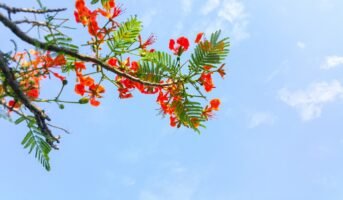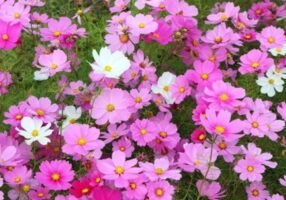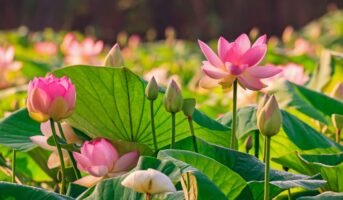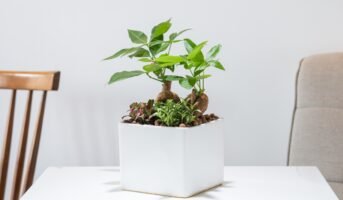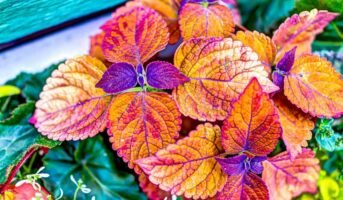Red flowers, symbolic of love, passion and energy, are vibrant agents of the botanical kingdom. From the timeless elegance of roses to the fiery charm of poppies, these blossoms command attention and admiration in gardens and floral arrangements. So, read on to learn about the different types of red flowers, their characteristics and care requirements.
See also: How to plant flowers?
Top 10 red flowers to grow at home
Roses
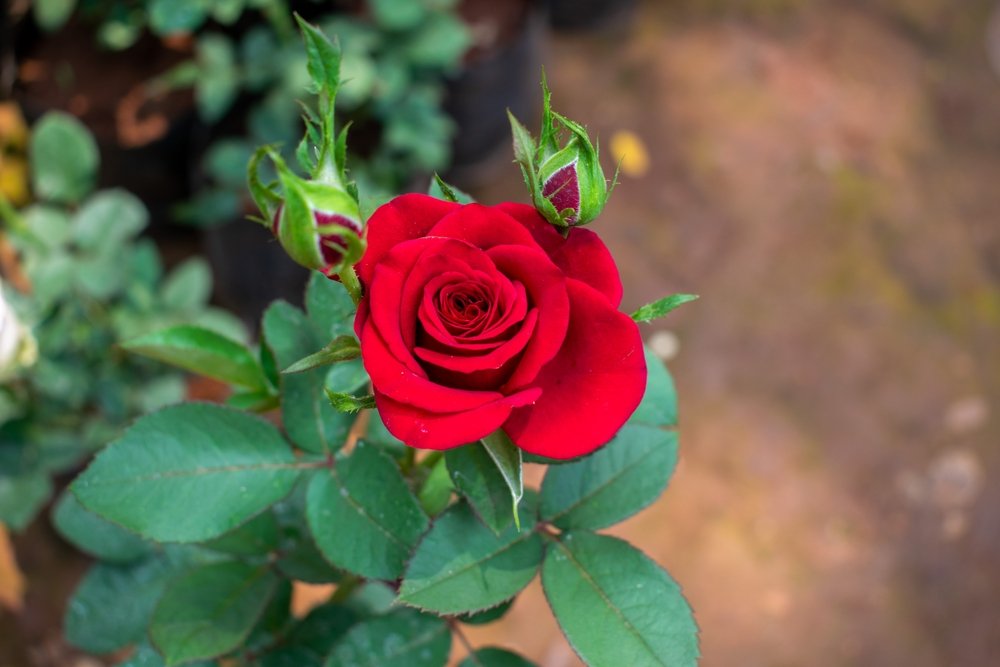
- Botanical Name: Rosa spp
- Family: Rosaceae
- Native Area: Worldwide, various climates
- Sun Exposure: Full sun
- Toxicity: Generally non-toxic, but avoid ingestion
Roses are widespread and adaptable flowers with various colors, symbolizing love and beauty.
Tulips
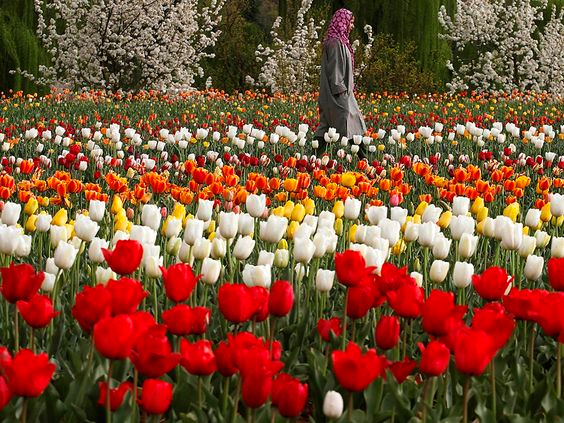
- Botanical Name: Tulipa spp
- Family: Liliaceae
- Native Area: Central Asia, Europe
- Sun Exposure: Full sun to partial shade
- Toxicity: Bulbs can be toxic if ingested
Tulips are vibrant flowers with cup-shaped blooms originating from Central Asia and Europe.
Poppies

- Botanical Name: Papaver spp
- Family: Papaveraceae
- Native Area: Worldwide, temperate climates
- Sun Exposure: Full sun
- Toxicity: Exercise caution as opium poppies can be toxic
Poppies, known for their delicate and colorful petals, thrive in various temperate climates worldwide.
Hibiscus
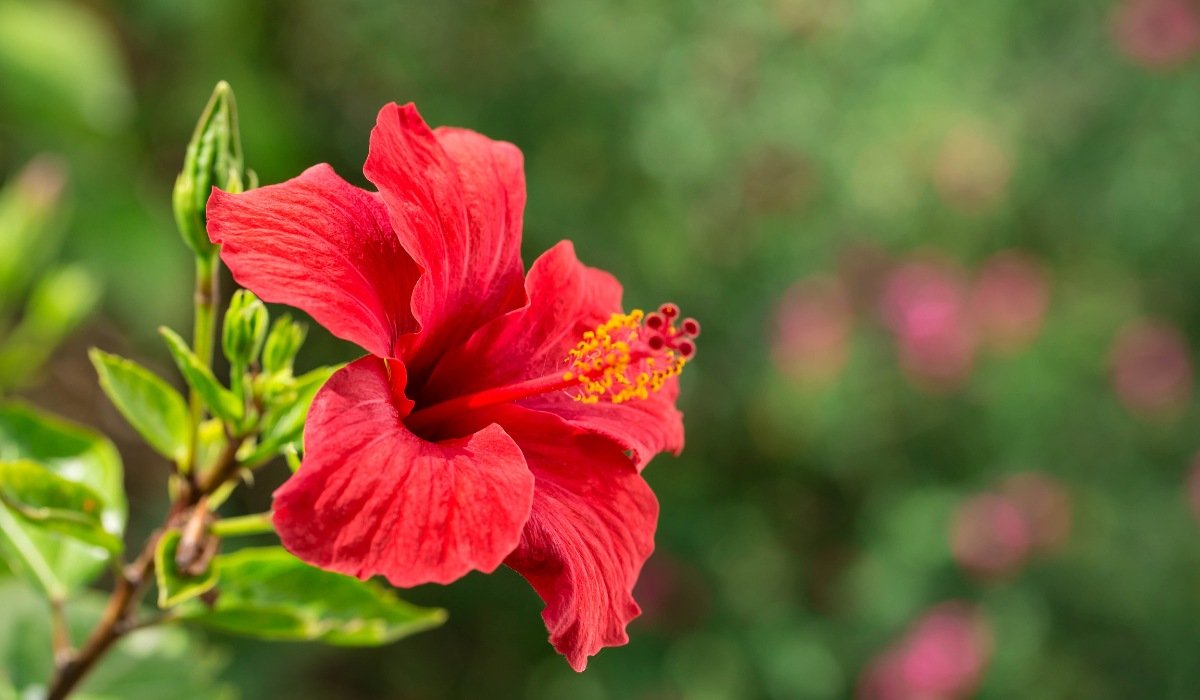
- Botanical Name: Hibiscus spp
- Family: Malvaceae
- Native Area: Worldwide, tropical and subtropical regions
- Sun Exposure: Full sun to partial shade
- Toxicity: Generally non-toxic
Hibiscus, with its large and vibrant flowers, is commonly found in tropical and subtropical regions.
Geraniums
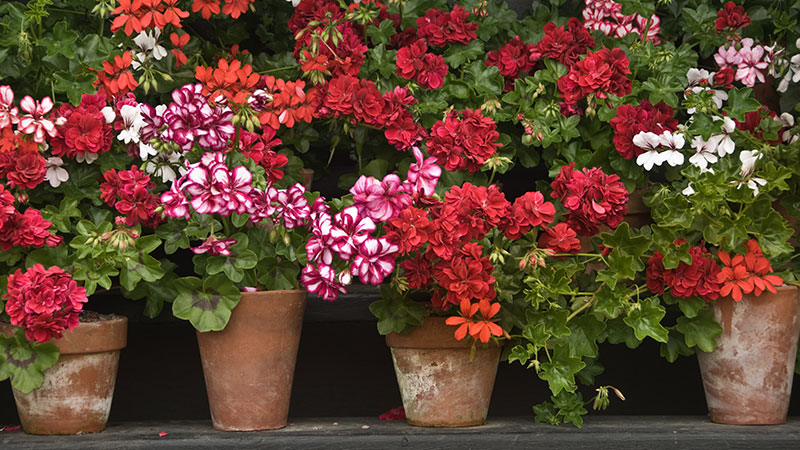
- Botanical Name: Pelargonium spp
- Family: Geraniaceae
- Native Area: South Africa
- Sun Exposure: Full sun to partial shade
- Toxicity: Generally non-toxic
Geraniums, native to South Africa, boast clusters of colorful flowers and thrive in various climates.
Amaryllis
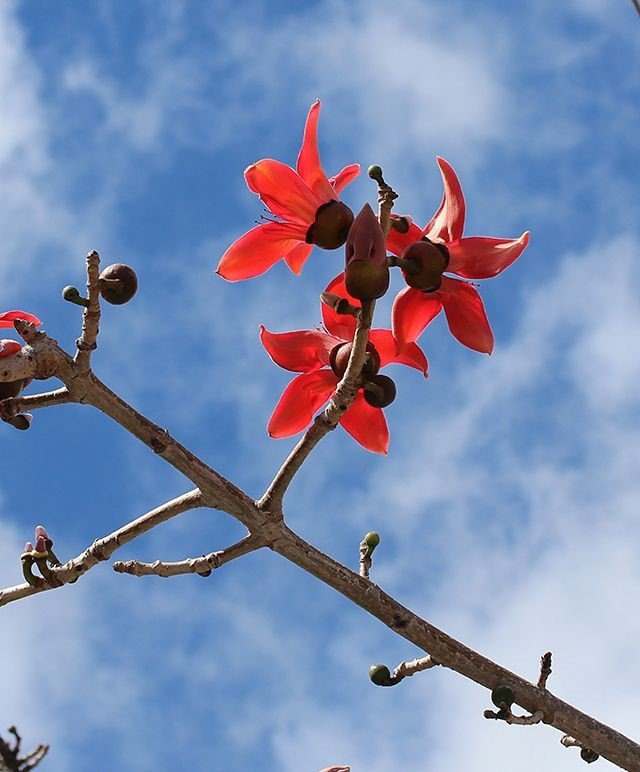
- Botanical Name: Hippeastrum spp
- Family: Amaryllidaceae
- Native Area: South America
- Sun Exposure: Bright, indirect light
- Toxicity: Bulbs can be toxic if ingested
Amaryllis produces stunning flowers in various colors and is native to South America.
Dahlias
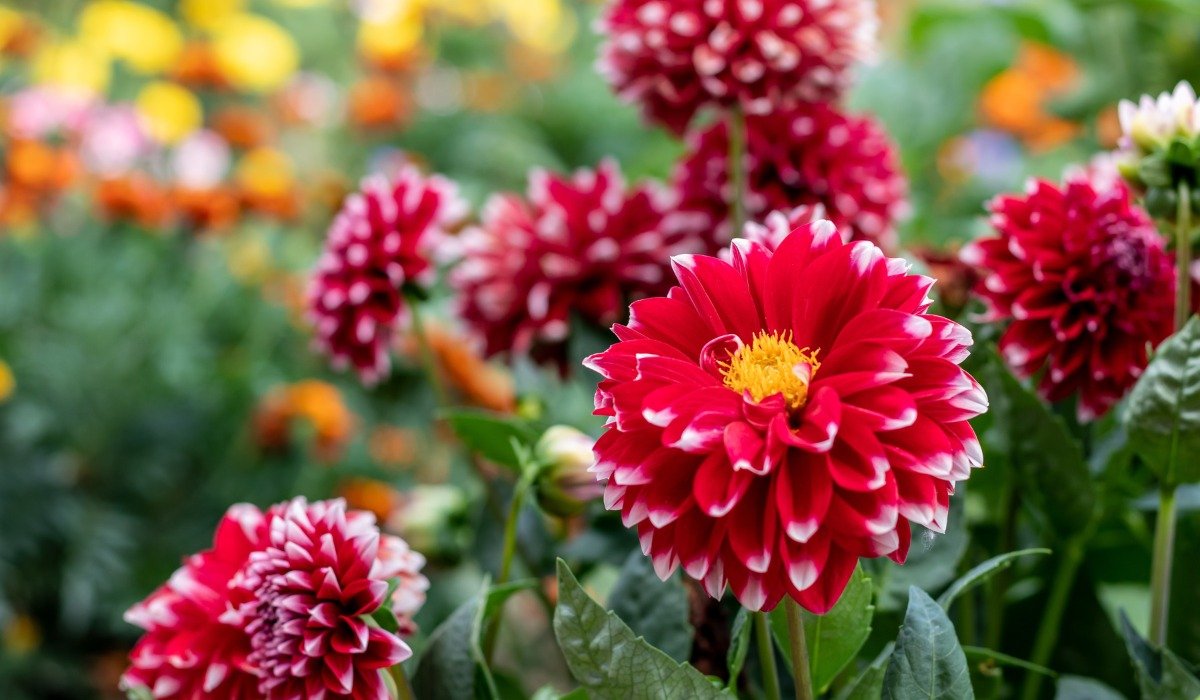
- Botanical Name: Dahlia spp
- Family: Asteraceae
- Native Area: Mexico, Central America
- Sun Exposure: Full sun
- Toxicity: Generally non-toxic
Dahlias, originating from Mexico and Central America, display a wide array of colorful and intricate blooms.
Peonies
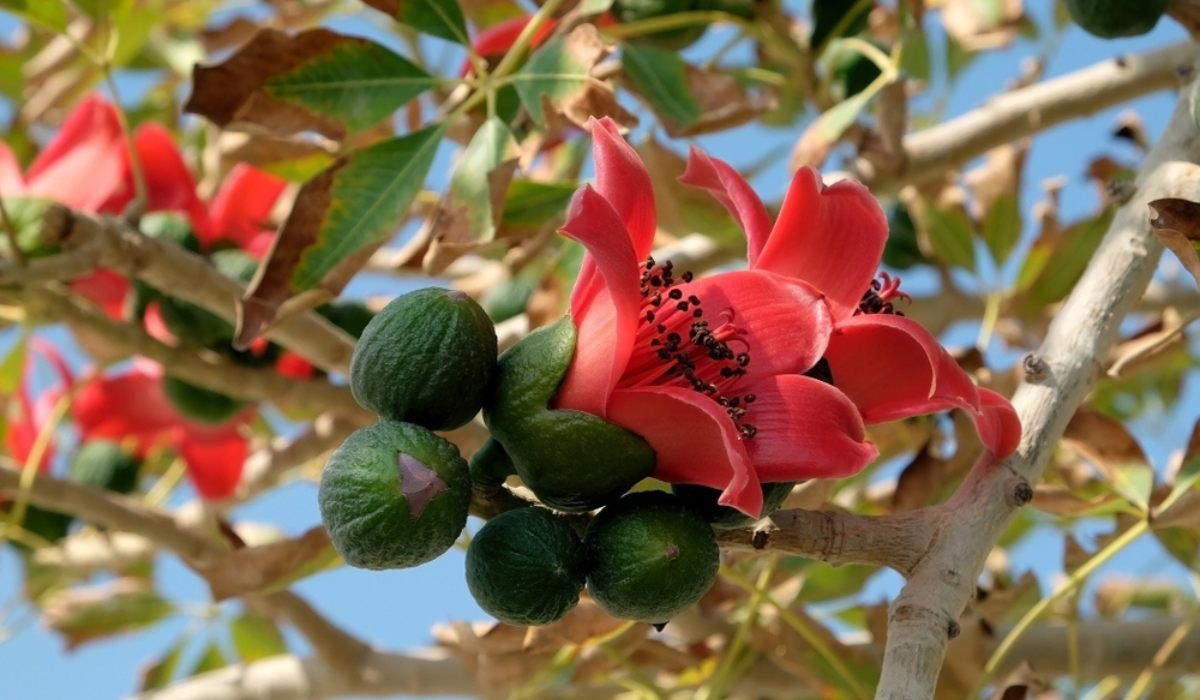
- Botanical Name: Paeonia spp
- Family: Paeoniaceae
- Native Area: Asia, Europe, Western North America
- Sun Exposure: Full sun to partial shade
- Toxicity: Generally non-toxic
Peonies, with large, lush petals, are native to Asia, Europe, and Western North America.
Gerbera Daisies

- Botanical Name: Gerbera spp
- Family: Asteraceae
- Native Area: Africa, Asia, South America
- Sun Exposure: Full sun
- Toxicity: Generally non-toxic
Gerbera Daisies, with their vibrant and cheerful appearance, originate from Africa, Asia, and South America.
Camellias
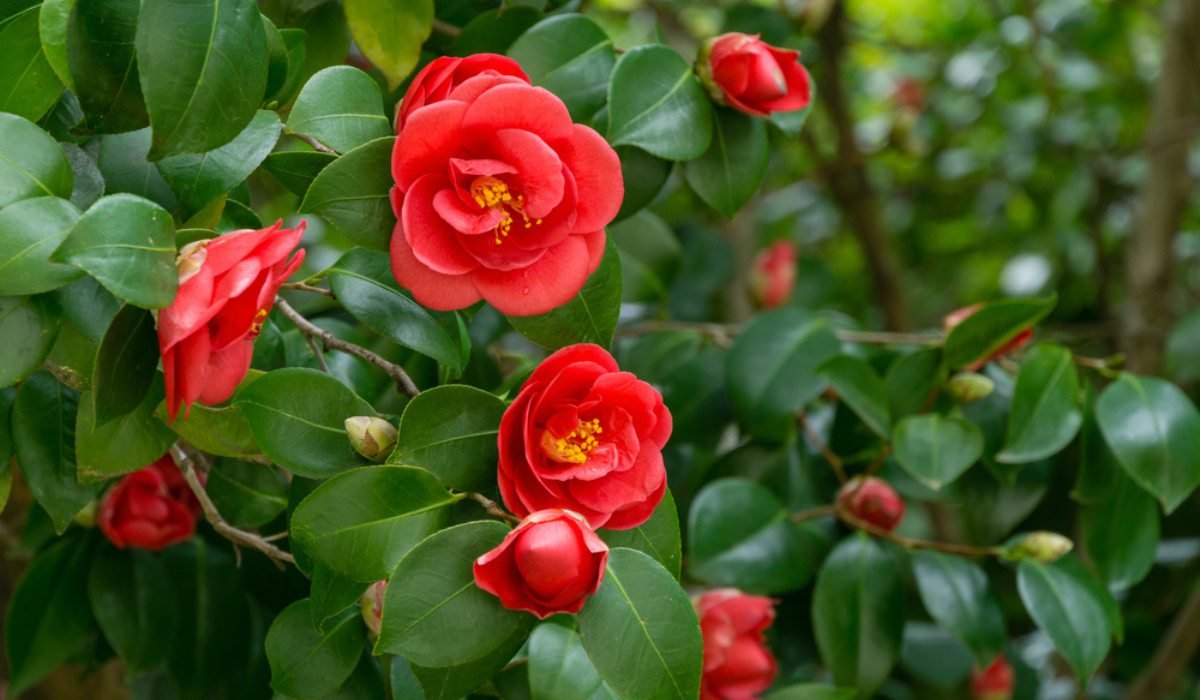
- Botanical Name: Camellia spp
- Family: Theaceae
- Native Area: Asia
- Sun Exposure: Partial shade
- Toxicity: Generally non-toxic
Camellias, known for their elegant and waxy blooms, are native to Asia and prefer partial shade.
Red flowers: Characteristics
Vibrant color
Red flowers, with their bold and lively color, represent love, passion, and energy. They are timeless symbols of strong emotions, whether they stand alone or complement other plants in gardens or arrangements.
Diverse species
Red flowers showcase nature’s artistic diversity, offering single and double blooms in various shapes and sizes. From classic roses to wild poppies, each species brings a unique expression of red’s intensity, ensuring a perfect red bloom for every garden and arrangement.
Symbolism and dynamics
Beyond aesthetics, red flowers hold deep cultural significance, especially in expressions of love. They play a dynamic role in gardens, serving as focal points, defining pathways and attracting pollinators. The diversity in shapes and sizes allows seamless integration into different garden styles, enhancing both visual and ecological appeal.
Red flowers: How to grow?
Planting
- Species-Specific Guidance: Tailor planting to the specific red-flowering plant. Research its unique needs and preferences.
- Soil check: Ensure well-drained soil, but note individual preferences for acidity or alkalinity.
Watering
- Customized watering: Understand your plant’s water needs. Establish a consistent schedule, adjusting based on weather conditions.
- Drainage priority: Prevent waterlogging by ensuring proper drainage. Mulching aids moisture retention without excess saturation.
Sun exposure
Most red flowers thrive in full sun, but check your plant’s sunlight tolerance. Aim for at least six hours of direct sunlight per day.
Care tips
- Deadheading: Promote continuous blooming by regularly removing spent flowers.
- Pruning: Shape and maintain plant health through prudent pruning. Apply balanced fertilizer during the growing season.
Red flowers: Pests and diseases
Pests
Vigilance is vital against common garden threats like aphids and spider mites. Regularly check under leaves for these pests, employing natural remedies like neem oil for effective, chemical-free control.
Diseases
Protect your red-flowering beauties from powdery mildew by maintaining good air circulation. Adequate spacing, trimming crowded branches, and avoiding overwatering can help prevent fungus. Swift action with fungicidal sprays or natural remedies ensures your plants stay disease-free and vibrant.
Red flowers: Yield
The yield of red-flowering plants unfolds as a visual masterpiece in gardens, adorning outdoor spaces with vibrant hues. Beyond aesthetics, these blooms become the heart of captivating floral arrangements, gracing tables and events with their elegant charm. Emitting delightful fragrances, they engage the senses, creating a multisensory experience. Moreover, their nectar-rich blossoms attract pollinators, contributing to ecological balance.
Red flowers: Benefits and uses
Red flowers are visually stunning and bring multifaceted benefits to gardens and emotional resonance to human experiences. Ornamentally, they enliven gardens, landscapes and containers, providing dynamic bursts of color and versatile design options. Symbolically, red flowers, such as the iconic red rose, convey love, passion and romance, making them integral to special occasions and expressive communication. Beyond aesthetics, the cultural and historical significance of red flowers adds depth. At the same time, the positive energy associated with their vibrant hues further enhances their appeal, making them more than just a visual delight.
Red flowers: Toxicity
The allure of red flowers is accompanied by a spectrum of potential toxicities, varying by plant species. From alkaloids to glycosides, these compounds, if ingested, can trigger symptoms ranging from mild discomfort to severe reactions. Strategic placement and awareness are crucial to safeguard households with children and pets. Researching individual species is key, as the toxicity levels differ. Regular monitoring, education, and prompt medical attention in case of ingestion contribute to a secure gardening experience, ensuring the enjoyment of these vibrant blooms without compromising safety.
FAQs
Can I grow red-flowering plants in containers?
Many red-flowering plants, such as geraniums and petunias, thrive in containers.
What is the best soil for red-flowering plants?
Well-drained, fertile soil is generally recommended. Adjust soil pH based on specific plant requirements.
Do all red flowers attract pollinators?
While many red flowers attract pollinators like bees and butterflies, the extent varies among species.
How often should I water my red-flowering plants?
Watering frequency depends on the specific plant's needs. Check soil moisture regularly and adjust accordingly.
Can I plant red flowers in shaded areas?
Some red-flowering plants tolerate partial shade, but most thrive in full sun.
Are red flowers deer-resistant?
Deer resistance varies among species—research specific plants for their deer-resistant properties.
What is the lifespan of red-flowering perennials?
Perennial red flowers can live for several years with proper care and maintenance.
How can I enhance the intensity of the red flower color?
Providing adequate sunlight, proper fertilization, and maintaining soil pH can enhance the vibrancy of red flowers.
Can I grow red flowers from seeds?
Many red-flowering plants can be grown from seeds, following specific seed-starting guidelines.
Are red flowers suitable for cut arrangements?
Red flowers like roses, carnations, and tulips make stunning additions to floral bouquets and arrangements.
| Got any questions or point of view on our article? We would love to hear from you. Write to our Editor-in-Chief Jhumur Ghosh at [email protected] |
Anil Shah, is your go-to source for property market insights. He excels at understanding and explaining the latest trends in residential real estate and making complex real estate concepts easier to grasp. Anil’s fact-based analysis helps buyers and investors make sound decisions in the housing sector.

